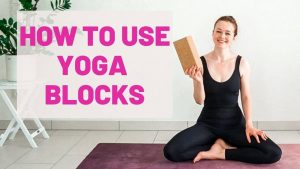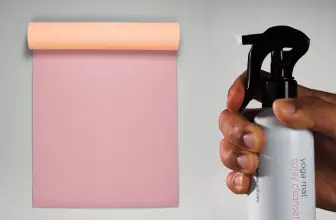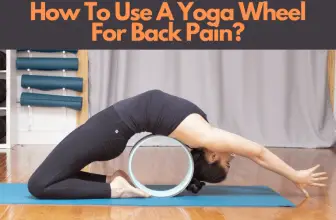How Many Yoga Blocks Do I Need?
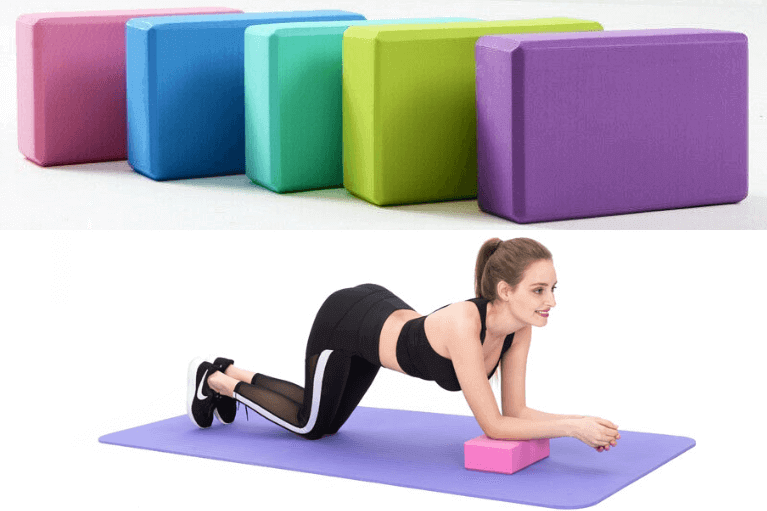
Your yoga practice needs to include yoga blocks. You can maintain your balance and hold your poses longer than you might without them. How many yoga blocks are required, then? A typical person needs two yoga blocks. Purchase two blocks per participant if you’re purchasing yoga blocks for a fitness Centre. Therefore, ten students would require 20 yoga blocks. Additionally, acquiring various-sized blocks for different children is a good idea. Read this detailed article to learn more about the quantity, size, and kind of blocks you need to buy.
What Are Yoga Blocks?
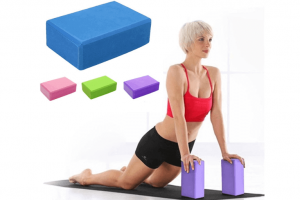
The late B.K.S. Iyengar made yoga props famous as a way to support the body while allowing a fuller expression of alignment in a pose. One of the most well-liked yoga props to utilize in a yoga session is the yoga block or yoga brick. Most frequently employed as an extension of the hands, yoga blocks can also be used to elevate the back, head, and buttocks and enhance alignment awareness. Blocks may usually be borrowed from yoga studios, but you could choose to buy your own. Borrowing blocks is less hygienic than owning your own set, which you may use for at-home drills. When buying a yoga block, you should consider the size, composition, price, and quantity of pieces. The size of the yoga block is essential. The block should fit comfortably in your hand and support your forearm when in use. If the block is too small, it may not provide adequate support. If the block is too large, it may be cumbersome when trying to hold it in place.
Can Beginners Use Yoga Blocks?
Beginner yogis are typically the ones that use blocks. Advanced yogis require fewer blocks as they become more flexible. When you’re just starting, these tools can also assist you in overcoming physical restrictions or pose-related doubts. They serve as a silent helper, assisting you in achieving positions that seem impossible at your current degree of flexibility. You’ll soon be able to execute that stance without using blocks once you’ve completed harder poses with them. The blocks can not only assist you in achieving proper alignment, but they can also ‘raise the floor’ to come into contact with your body while stretching. Even experienced yogis might benefit from including blocks in their regular workouts.
How Many Yoga Blocks Do I Require?
Most of the time, you’ll only need one yoga block, but there’s a good chance you’ll regret not getting two. There are a few advantages to buying two at once: you won’t have to worry about your size order later on, and it will help if you find that having one in each hand is more effective than trying to hold several blocks. Plus, purchasing two blocks together may be more economical than buying them separately later. You can also find sets of two blocks for less than what it would cost to buy two of them individually on occasion. If you do not need this second block, consider gifting it to another asana devotee!
Benefits Of Yoga Blocks:
- Blocks help you move in various ways, which will shorten the distance between you and the ground. As you advance, you’ll have the option to adjust the block’s height to get even closer to the ground. They support your poses’ stability and ensure that you don’t overexert your muscles to reach the ground.
- Improve your posture to lower your chance of injury. Upholding the proper form is arguably the most crucial component of yoga. You will probably have to build this muscle group to maintain the pose if you are experimenting with a novel pose that targets a particular muscle group. The blocks will aid in this muscular strengthening.
- Yoga is an incredible form of physical activity since it helps you become more flexible and extends your muscles. You can intensify your stretch by using blocks throughout your practice. Blocks can support various positions, some of which are listed here.
Different Dimensions of Yoga Blocks
- The most common yoga blocks for people of average height measure 3″ x 6″ x 9″. If you’re not a large person and fall on the shorter end of the measurement scale, you might find the 4″ too broad. The ability to personalize the exercise to your preferences is another reason why 3′′ blocks are ideal for restorative yoga. They are the most often used blocks among yogis, and you can find them in any yoga class.
- 4′′ blocks are often the standard size for blocks made of more complex materials such as wood and bamboo, measuring 4′′ x 6′′ x 9′′. These are the perfect building blocks for all applications and are always helpful. Also present in every yoga studio are 4″ blocks.
- The largest available blocks are 5′′ in diameter. Larger blocks are advantageous for flexible practitioners because you may position them at the end to maintain your posture, and they hardly tip over. Despite being larger, 5′′ blocks are often lightweight, weighing on average less than a pound.
Different Materials Used in Yoga Blocks
-
EVA Foam:
The most well-liked yoga blocks are made of EVA foam, and you can find them at most yoga supply stores. You could purchase blocks at your neighborhoods yoga studio and certain yoga facilities that sell yoga supplies. EVA foam is a recyclable, non-toxic substance. EVA foam is also used in ski boots, costume bottoms, and other sports gear. Due to the material’s numerous applications and low cost of production, EVA foam blocks are one of the most cost-effective solutions for yogis on a tight budget.
-
Cork:
Cork yoga blocks are created from materials obtained from the Cork Oak tree, one of the toughest sources of materials for the production of yoga blocks. Since cork oak trees can keep growing long after harvest, cork blocks are reusable and environmentally safe. Cork oak trees are exclusively found in Mediterranean nations like Spain and Italy and have been up to 200 years. Due to the weatherproof properties of this tree and the inherent friction that enables blocks to hold up under the weight of an individual’s body, cork harvesting is a very lucrative industry.
-
Wooden:
The most complex yoga blocks are usually made of wood. Because many of these are handmade, they may be more pricey than other block types. They frequently have smooth surfaces, and many experienced yoga practitioners favour them.
Related Reading:

